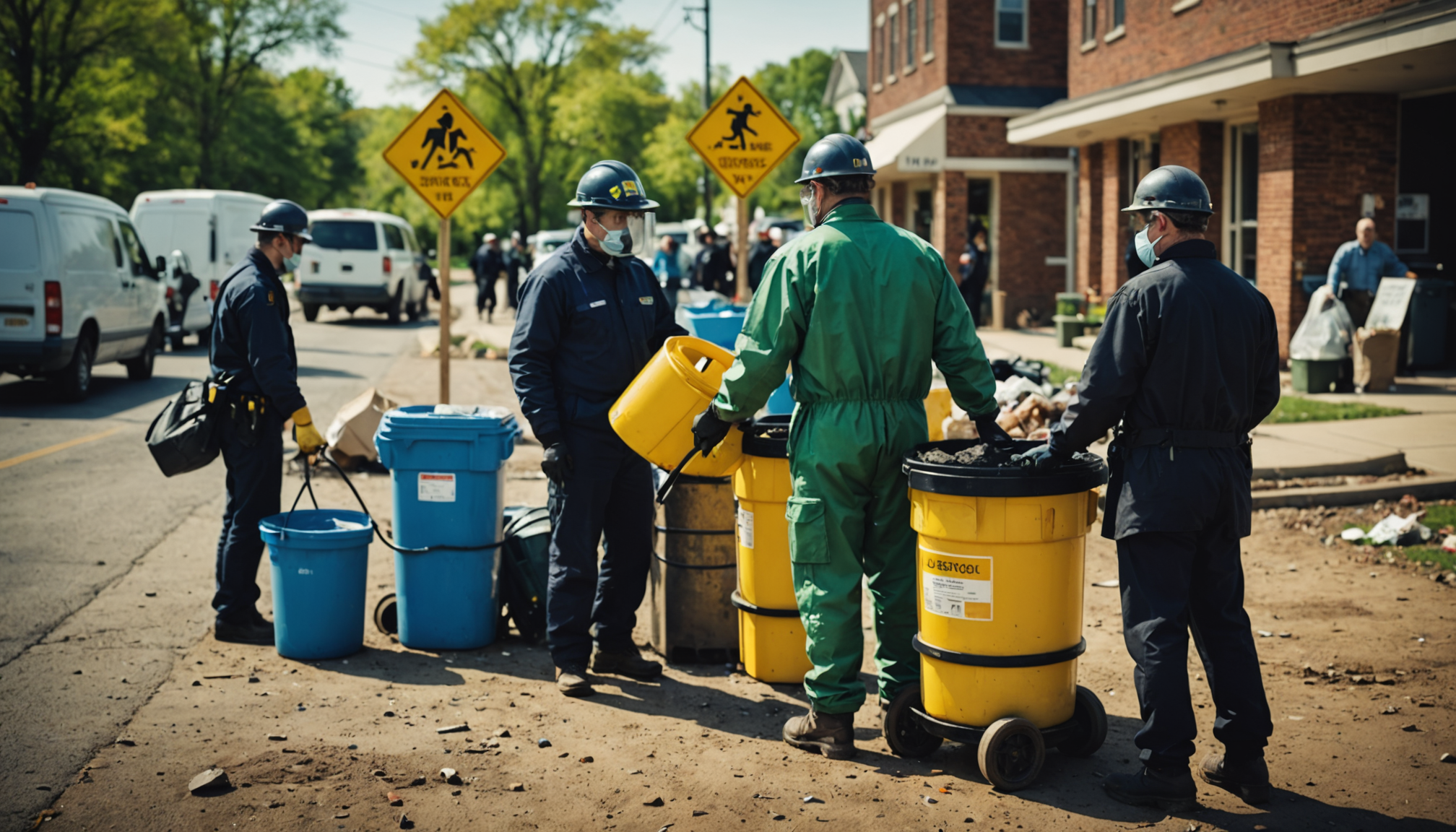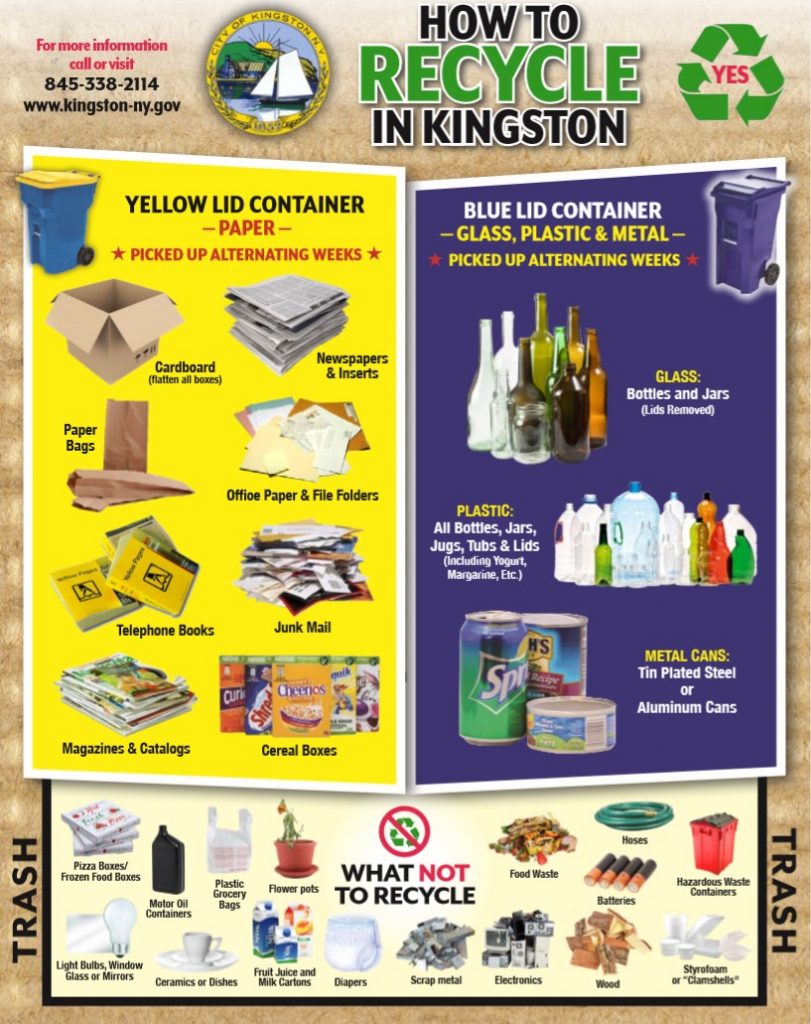
Montgomery County Household Hazardous Waste Collection Events
Introduction
Montgomery County, PA, has organized several free household hazardous waste collection events throughout the summer. These initiatives align with the Sustainable Development Goals (SDGs), particularly SDG 3 (Good Health and Well-being), SDG 11 (Sustainable Cities and Communities), and SDG 12 (Responsible Consumption and Production), by promoting safe disposal practices that protect human health and the environment.
Understanding Household Hazardous Waste
Household hazardous waste (HHW) includes materials that pose risks to human health and the environment if improperly disposed of. According to county government organizers, HHW encompasses:
- Flammable liquids such as old gasoline and oil
- Toxic solids and liquids, including pesticides and herbicides
- Reactive chemicals like chlorine used for pools
Proper management of these wastes supports SDG 6 (Clean Water and Sanitation) and SDG 15 (Life on Land) by preventing contamination of water sources and ecosystems.
Event Schedule and Locations
An initial collection event took place recently in Norristown. The county has planned additional events to facilitate community participation and enhance environmental sustainability.
- Event 1: [Date and Location]
- Event 2: [Date and Location]
- Event 3: [Date and Location]
SDG Impact and Community Benefits
- SDG 3 – Good Health and Well-being: Reduces exposure to hazardous substances, safeguarding public health.
- SDG 11 – Sustainable Cities and Communities: Enhances urban environmental quality through responsible waste management.
- SDG 12 – Responsible Consumption and Production: Encourages proper disposal and recycling of hazardous materials.
- SDG 6 – Clean Water and Sanitation: Prevents contamination of water bodies from toxic waste.
- SDG 15 – Life on Land: Protects terrestrial ecosystems from chemical pollutants.
Conclusion
Montgomery County’s free household hazardous waste collection events demonstrate a commitment to sustainable development by addressing environmental and public health challenges. Community participation in these events is vital to achieving the SDGs and fostering a safer, cleaner environment.
1. Sustainable Development Goals (SDGs) Addressed or Connected
- SDG 3: Good Health and Well-being
- The article addresses the safe disposal of hazardous household waste, which is crucial for protecting human health from toxic substances.
- SDG 6: Clean Water and Sanitation
- Proper disposal of chemicals like pesticides and chlorine prevents contamination of water sources.
- SDG 12: Responsible Consumption and Production
- Encouraging proper hazardous waste management aligns with sustainable consumption and waste reduction.
- SDG 15: Life on Land
- Preventing environmental pollution from hazardous waste protects terrestrial ecosystems.
2. Specific Targets Under Those SDGs Identified
- SDG 3 – Target 3.9: “By 2030, substantially reduce the number of deaths and illnesses from hazardous chemicals and air, water and soil pollution and contamination.”
- SDG 6 – Target 6.3: “By 2030, improve water quality by reducing pollution, eliminating dumping and minimizing release of hazardous chemicals and materials.”
- SDG 12 – Target 12.4: “By 2020, achieve the environmentally sound management of chemicals and all wastes throughout their life cycle.”
- SDG 15 – Target 15.1: “By 2020, ensure the conservation, restoration and sustainable use of terrestrial and inland freshwater ecosystems.”
3. Indicators Mentioned or Implied to Measure Progress
- Indicator for SDG 3.9: Mortality rate attributed to household and ambient air pollution, and exposure to hazardous chemicals.
- Indicator for SDG 6.3: Proportion of wastewater safely treated and reduction in hazardous chemical release to water bodies.
- Indicator for SDG 12.4: Number of parties to international multilateral environmental agreements on hazardous waste and chemicals that meet their commitments.
- Indicator for SDG 15.1: Proportion of land that is degraded over total land area, which can be influenced by pollution control.
- Implied indicators: Number of hazardous waste collection events held; volume of hazardous waste collected and safely disposed.
4. Table of SDGs, Targets, and Indicators
| SDGs | Targets | Indicators |
|---|---|---|
| SDG 3: Good Health and Well-being | Target 3.9: Reduce deaths and illnesses from hazardous chemicals and pollution. | Mortality rate attributed to hazardous chemicals and pollution exposure. |
| SDG 6: Clean Water and Sanitation | Target 6.3: Improve water quality by reducing pollution and hazardous chemical release. | Proportion of wastewater safely treated; reduction in hazardous chemical release to water bodies. |
| SDG 12: Responsible Consumption and Production | Target 12.4: Environmentally sound management of chemicals and waste throughout their life cycle. | Number of parties meeting commitments to hazardous waste and chemical management agreements. |
| SDG 15: Life on Land | Target 15.1: Conservation and sustainable use of terrestrial ecosystems. | Proportion of degraded land area; measures of pollution control impact on ecosystems. |
Source: patch.com







